Reviewed by Julianne Ngirngir
Here's what you need to know about Google's biggest Pixel upgrade: reports suggest the Pixel 10 series will introduce built-in Qi2 magnetic charging with a dedicated "Pixelsnap" accessory ecosystem. Meanwhile, Samsung's own surveys reveal they're still asking customers if they'd accept thicker phones for magnetic charging—a question Google appears to have boldly answered with action rather than market research.
The Pixel 10 leaks aren't just showing us another phone iteration; they're revealing Google's first serious attempt to challenge Apple's MagSafe dominance on Android. Evidence from leaked renders shows a caseless Pixel 10 with a magnetic charger attached directly to the back, suggesting built-in magnets rather than case-dependent solutions. Google is reportedly preparing at least three Pixelsnap accessories: a standard charger, a charger with stand, and a ring stand. This strategic timing aligns with Google's commitment to the Qi2 wireless charging standard and their instrumental role in developing the faster Qi2.2.1 specification released in July 2025—positioning them to lead rather than follow Android's magnetic charging revolution.
Why magnetic charging took so long to reach Android
Think of it as a classic chicken-and-egg problem that Google seems ready to crack: Android manufacturers hesitated to add magnetic charging because there wasn't enough accessory ecosystem support, while accessory makers didn't invest heavily because Android phones lacked the hardware. The Wireless Power Consortium introduced Qi2 in January 2023 as a universal standard based on Apple's MagSafe technology, promising perfect alignment and faster charging speeds. Yet only the HMD Skyline remains the sole Android phone with built-in Qi2 magnets released in 2024.
Samsung's Galaxy S25 series launched with "Qi2 Ready" support, requiring magnetic cases for full functionality—a practical admission that magnetic charging matters while avoiding the engineering risks. Their market research approach reveals deeper strategic uncertainty: Samsung's survey specifically asks users if they'd accept phones "within 0.3mm" or "within 0.5mm" thicker for built-in magnets, suggesting they're still calculating whether consumer demand justifies the design trade-offs.
Google's contrasting approach becomes clearer when you consider that the Pixel 10 lineup is reportedly getting both thicker and heavier than their predecessors. While Samsung surveys customers about hypothetical thickness increases, Google appears to have already committed to the engineering challenge, potentially making room for magnetic hardware while competitors remain on the sidelines.
What Pixelsnap could mean for the Android ecosystem
Let's break down what makes Google's approach potentially transformative beyond just charging convenience. The magnetic alignment technology enables innovations like AR/VR headset integration and entirely new accessory categories that magnetically attach to smartphones. This timing couldn't be better: recent market analysis shows the US mobile accessories market is expected to grow from $21.66 billion in 2023 to $34.22 billion by 2030.
Google's Pixelsnap could capture significant market share precisely because any Qi2 charger can charge any Qi2 device. This cross-compatibility means Google doesn't need to build the entire ecosystem from scratch—they're positioning to benefit from accessories already designed for iPhone's MagSafe while establishing Android's first serious magnetic charging platform.
The technical implementation signals Google's long-term ambitions. Google's Pixel 10 will reportedly use the ConvenientPower CPS4041 controller chip, which theoretically supports up to 60W charging. While Google will likely limit actual speeds initially, the base Pixel 10 is expected to jump from current wireless speeds to 15W through Qi2 support. More strategically, the new Qi2.2.1 specification that Google helped develop supports 25W wireless charging—giving them competitive advantage in future speed improvements while other manufacturers play catch-up.
The bigger picture: Android catching up to iPhone convenience
PRO TIP: If the Pixel 10 rumors prove accurate, existing MagSafe accessories should work with the new phone, instantly giving Google access to a mature accessory ecosystem worth billions.
Here's why this matters beyond Google's immediate strategy: major Android smartphones are expected to join the Qi2 ecosystem following Google's lead. Apple's strategic contribution of MagSafe technology to create the Qi2 standard established iPhone-compatible magnetic charging as the universal standard while maintaining their first-mover advantage through accessory licensing revenue.
This creates a fascinating competitive dynamic: Google adopting Qi2 validates Apple's ecosystem approach while potentially democratizing magnetic charging across Android. The global wireless charging market exceeded one billion devices in 2023, with Qi2 positioned to accelerate adoption by solving wireless charging's fundamental usability problems.
During our evaluation of current wireless charging inconsistencies, magnetic alignment addresses major pain points including overheating and inefficient power transfer that occurs when devices aren't perfectly positioned. Popular accessory brands like Anker, Belkin, and Mophie already manufacture Qi2 products, meaning Pixel 10 users could immediately access car mounts, power banks, and desktop chargers designed for perfect alignment—without waiting years for Android-specific ecosystem development.
Where Android's magnetic future leads next
Google's Pixel 10 launch scheduled for August 20 with sales starting August 28 represents more than a product launch—it's potentially the catalyst for widespread Qi2 adoption across Android. Samsung's survey questions about removing wired charging entirely suggest the industry recognizes magnetic charging as transformative rather than merely convenient. When Samsung, typically a fast follower, is surveying customers about wireless-only phones, it signals their expectation that magnetic charging will reshape user behavior fundamentally.
The technical capabilities support this transformation. The recent Qi2 25W specification promises charging speeds approaching wired connection performance—25W wireless begins competing seriously with 30W wired charging for daily use, potentially accelerating the transition Samsung is already researching.
The real test will be whether Google's Pixelsnap accessories prove as refined and comprehensive as Apple's MagSafe ecosystem, which has sold over 1 million products since 2020. Early evidence suggests Google plans chargers in "Rock Candy" and "Mist" colors matching their phone designs, indicating serious attention to ecosystem cohesion rather than afterthought accessory development.
If successful, Pixelsnap could finally give Android users the magnetic charging experience iPhone users have enjoyed for years—while potentially forcing the entire Android industry toward universal Qi2 adoption. Google's timing advantage in Qi2.2.1 development means they could lead both the technical standard and user experience implementation, transforming them from ecosystem follower to magnetic charging pioneer on Android.




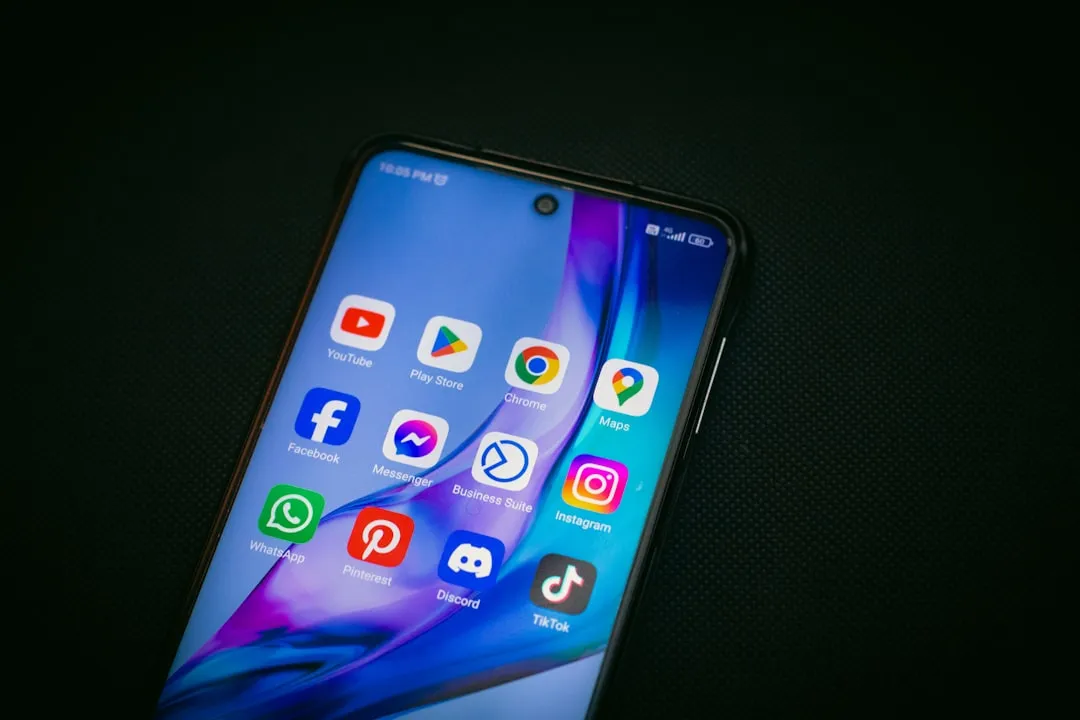

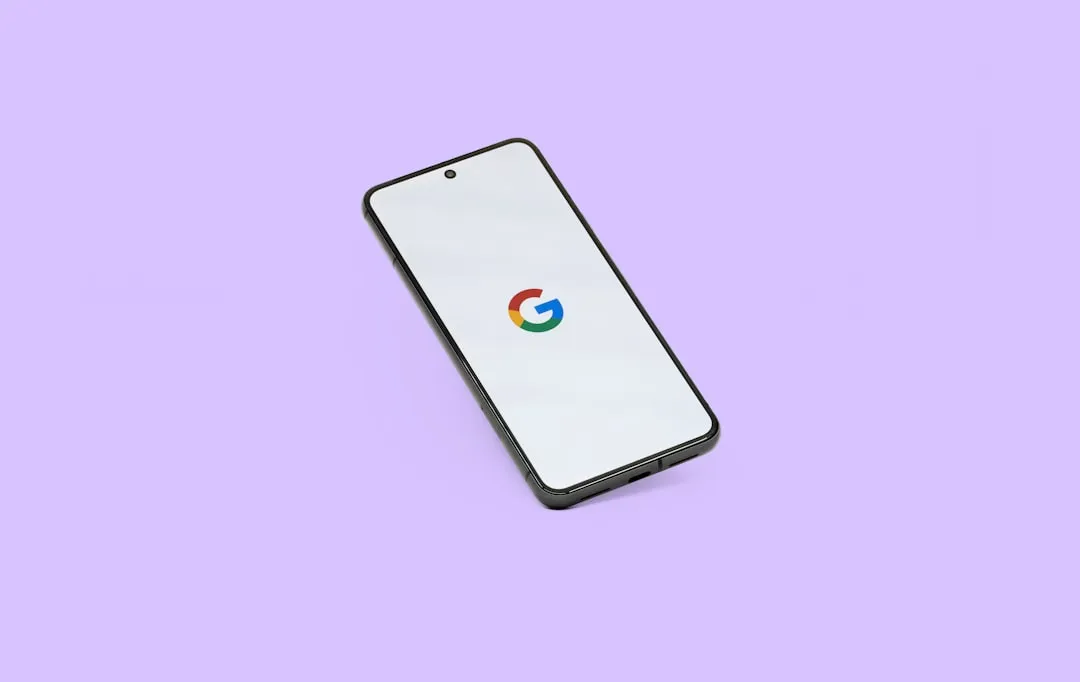

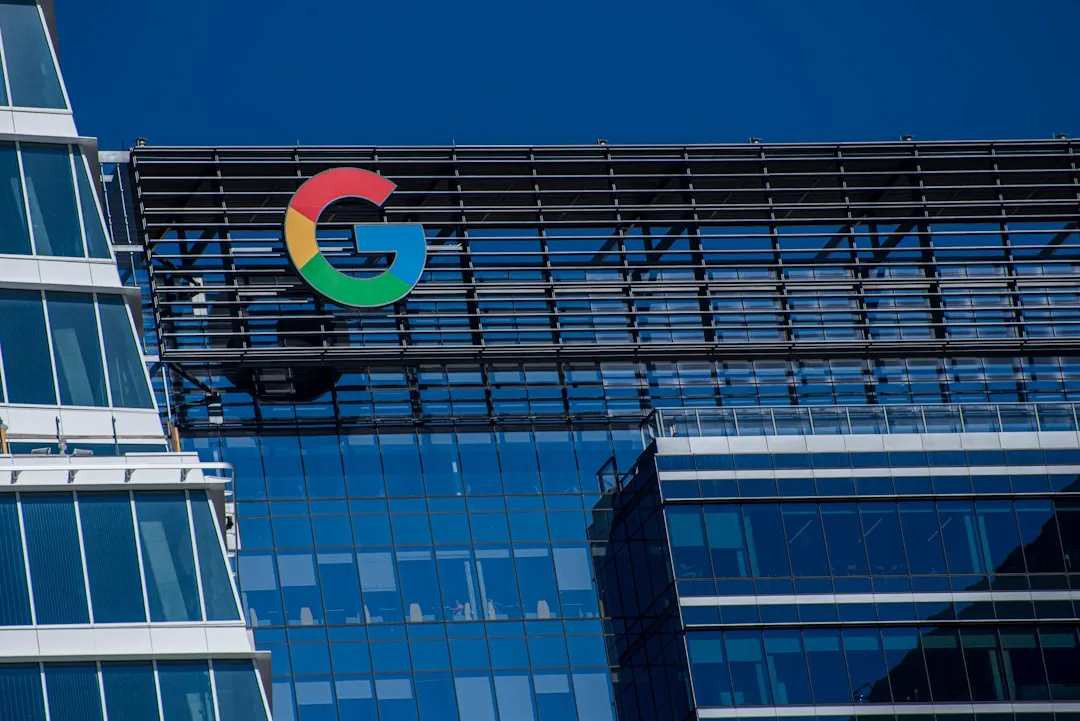
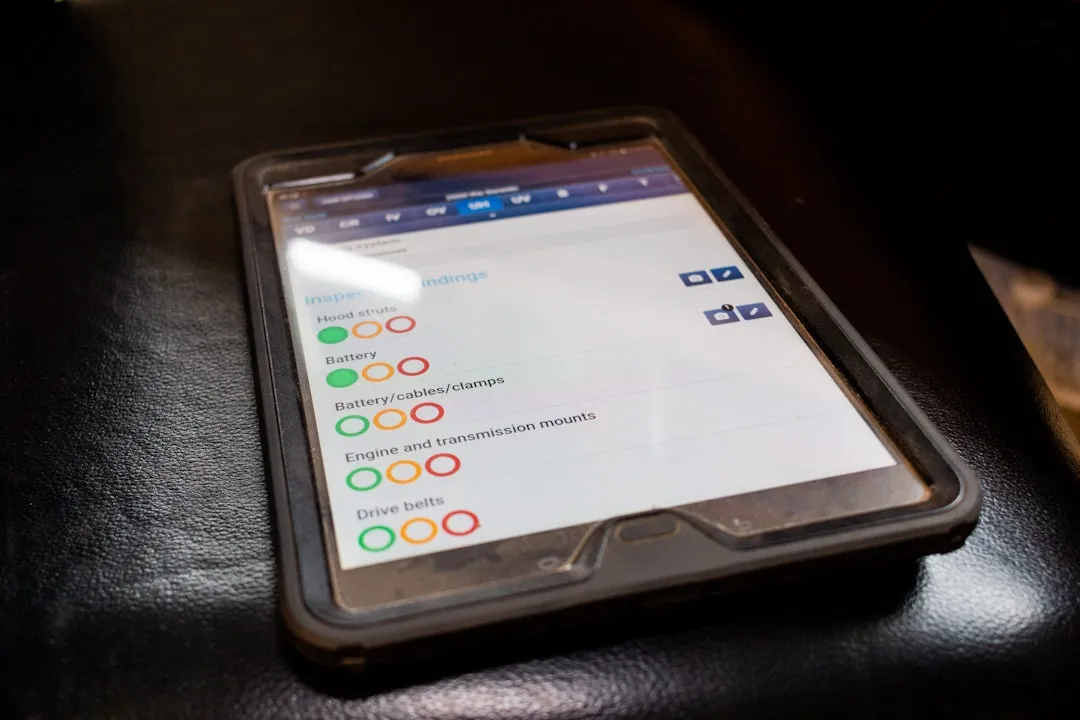


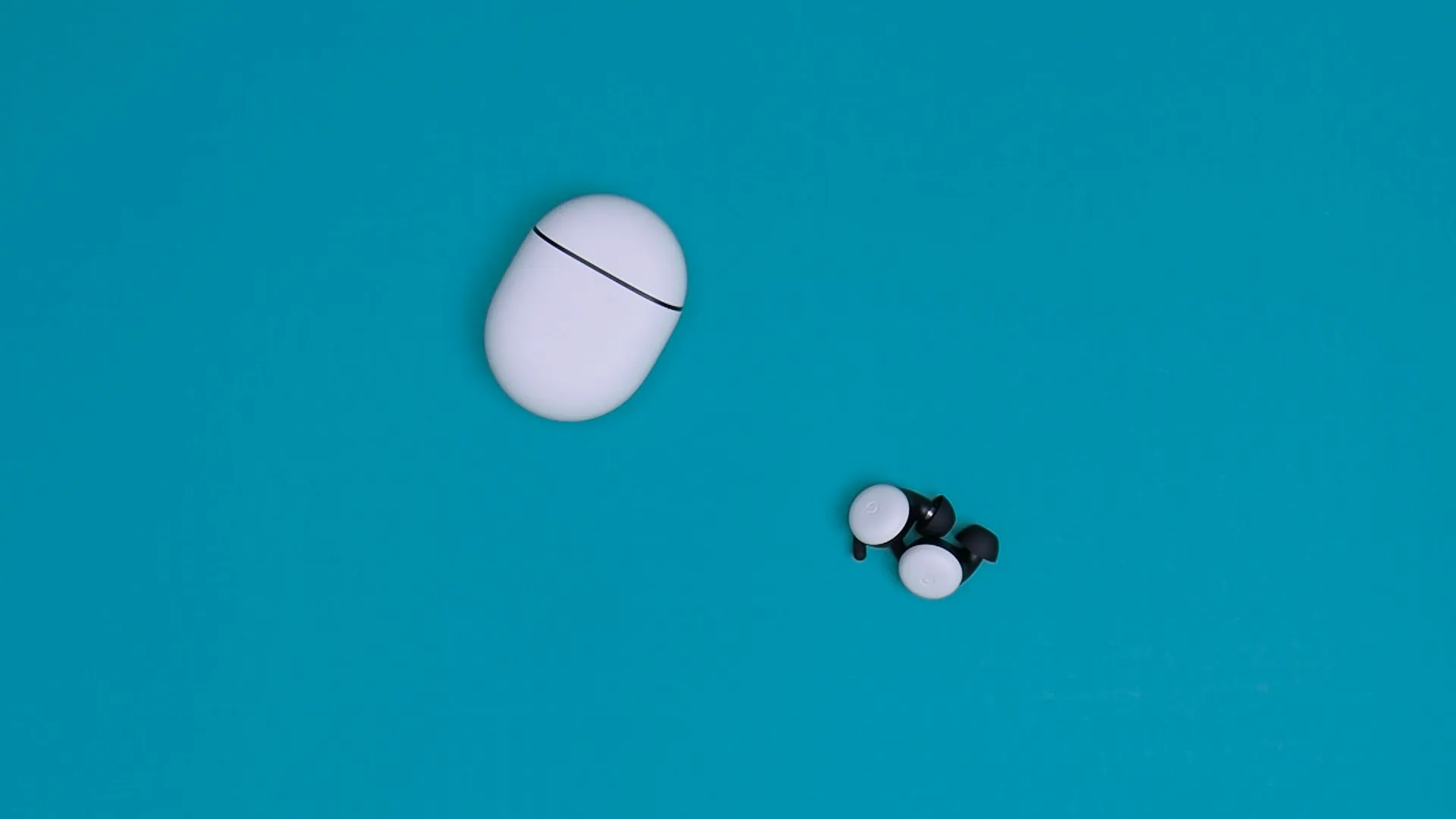




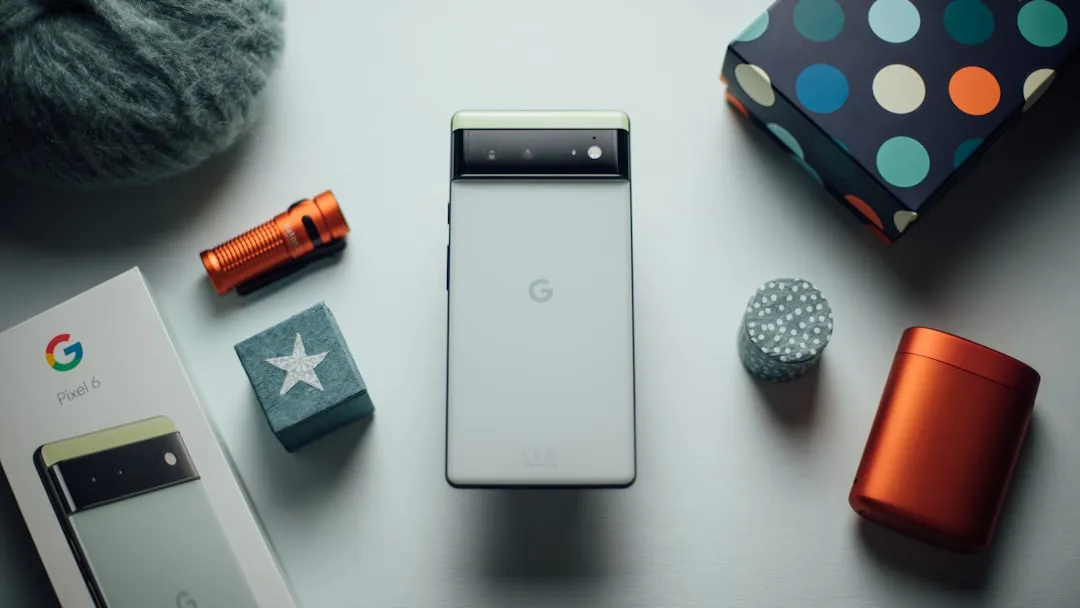
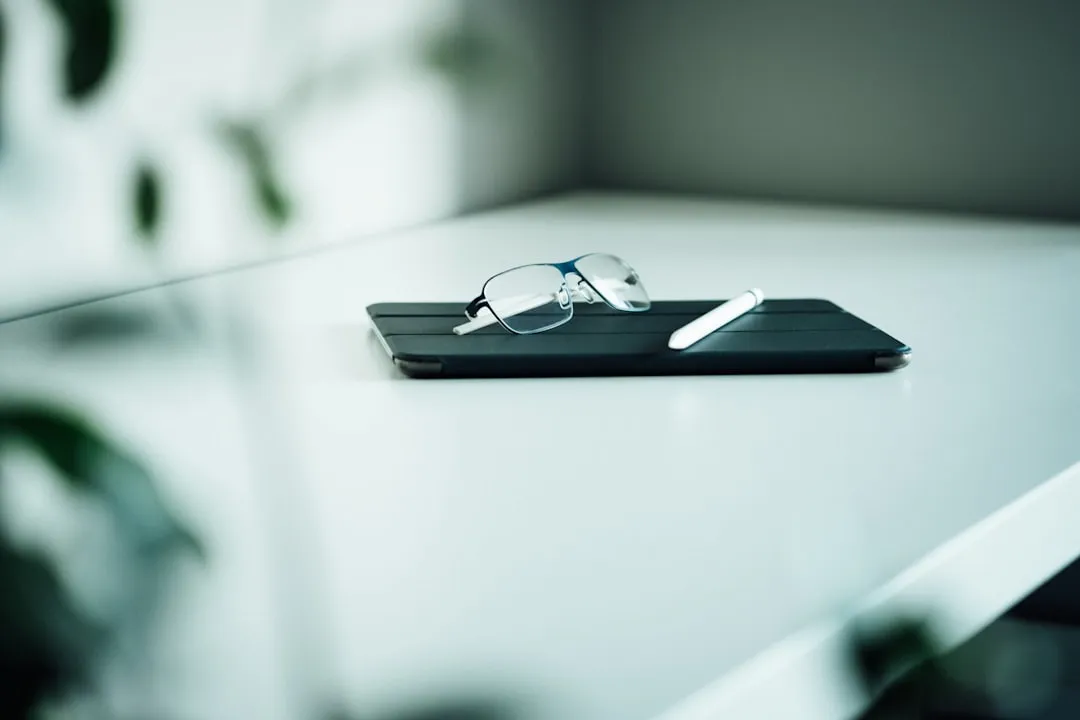
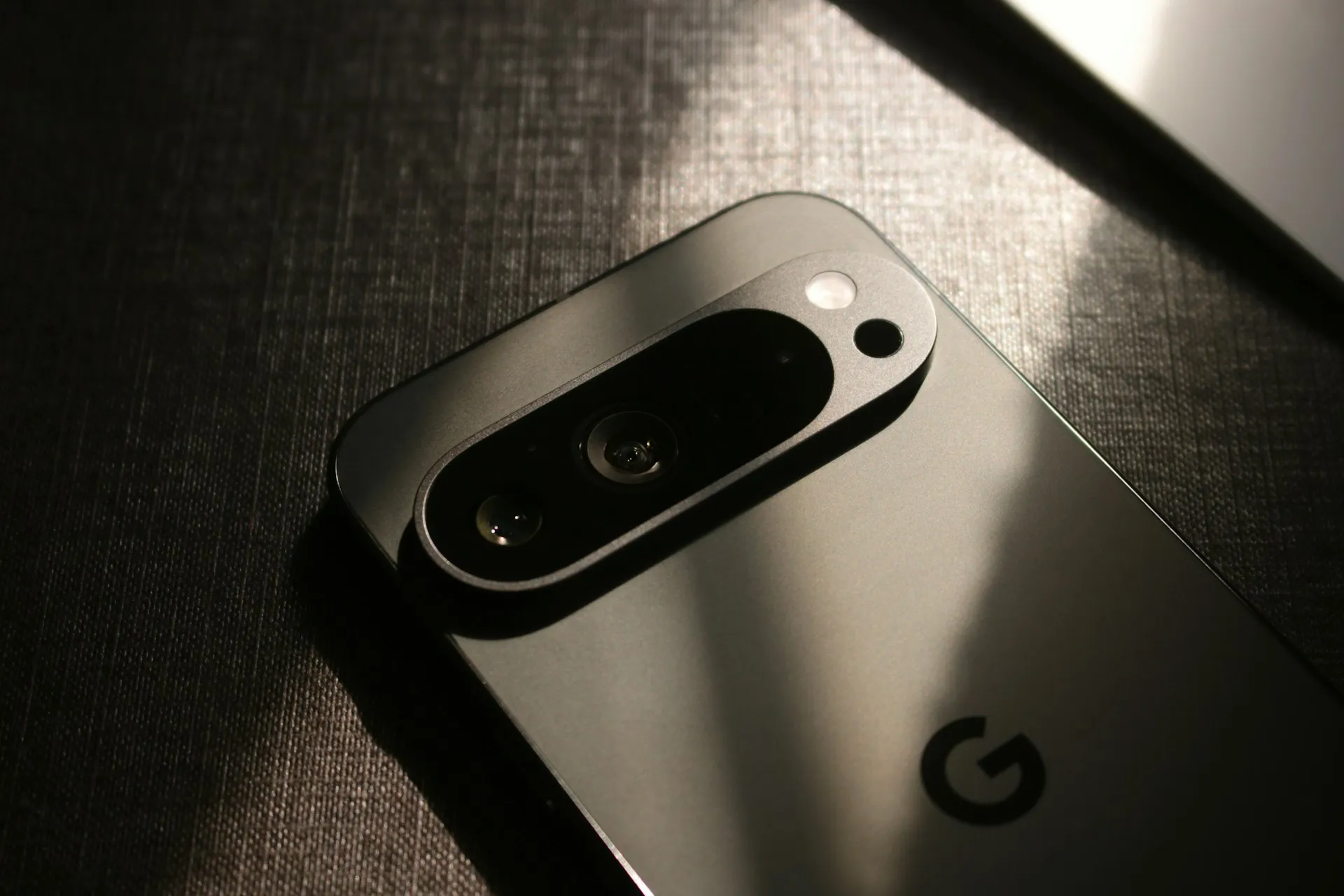
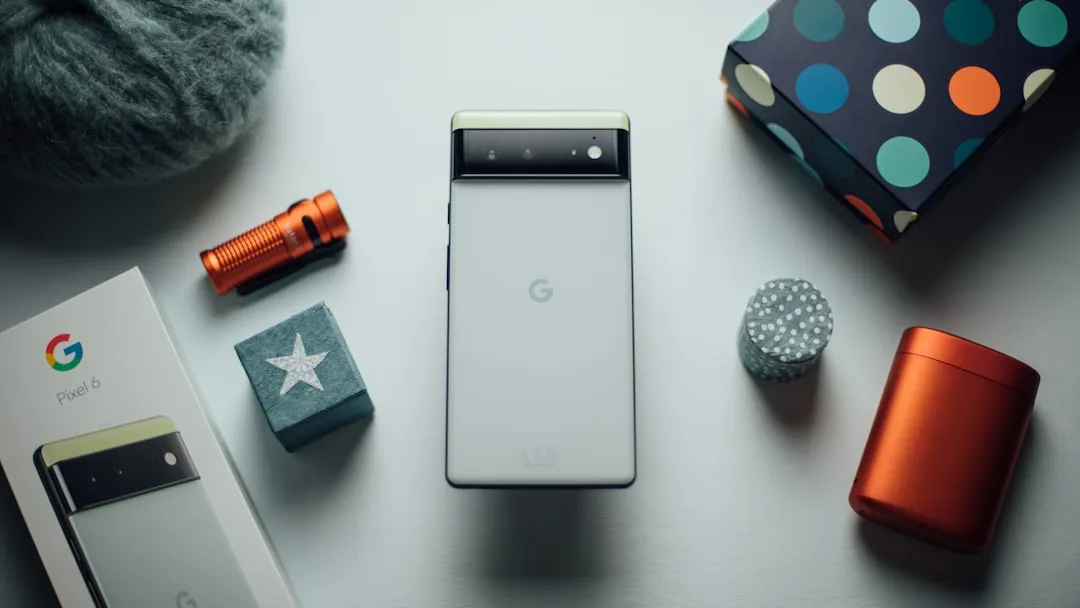
Comments
Be the first, drop a comment!